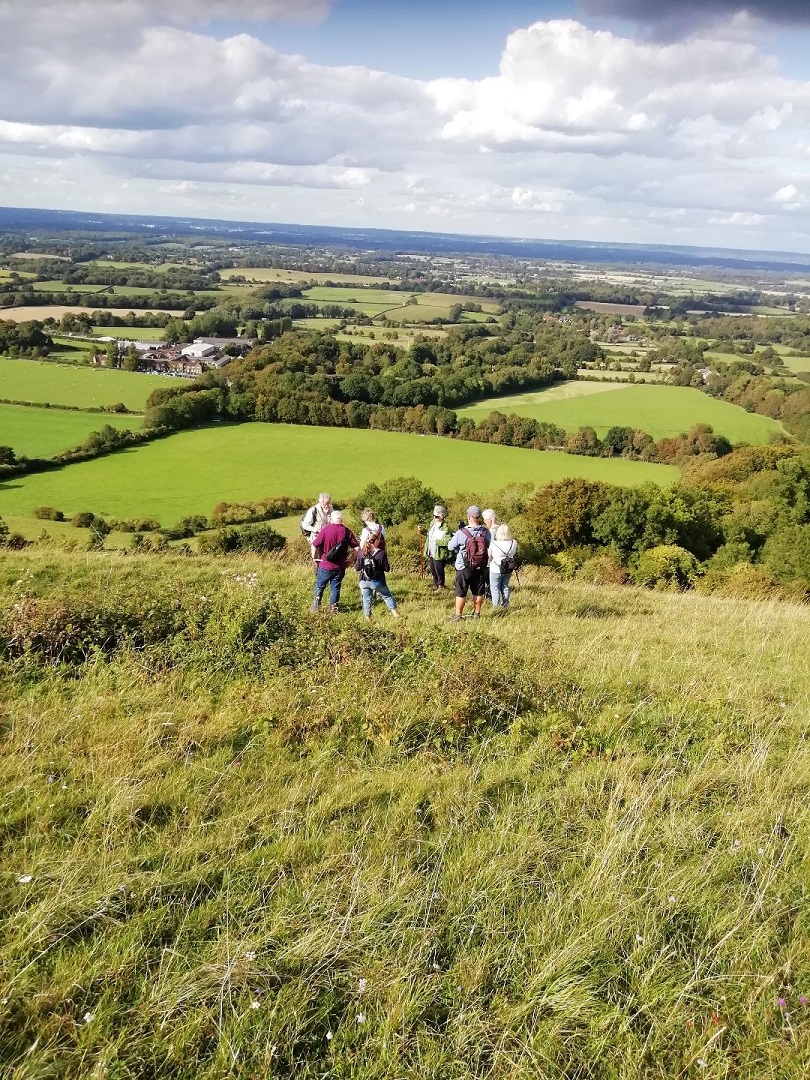Visit our Facebook page https://www.facebook.com/groups/lewesarchaeology
About the Lewes Archaeological Group
Lewes Archaeological Group was founded in 1968 to investigate prehistoric and historic remains in the town of Lewes and the surrounding district. Although the Group does not currently run any excavations, it has each year a full programme of talks [Lecture Programme].
It also has occasional tours and walks. Members - often in cooperation with other societies and organisations - are involved in excavations and other projects such as field walking, surveying and watching briefs.
Details of opportunities are included in the Group's twice yearly newsletter [Newsletter] and also in the events page [What's on].
The Group's lecture programme and occasional site visits and walks bring together those interested in archaeology and history from across the area. - Lewes is rich in archaeology. [Archaeology of Lewes]
Everyone is welcome to attend LAG's talks, but membership [Membership] at £6 annually gives a reduced entrance charge. Members also receive the newsletter and receive invitation by e-mail to special activities, such as walks or tours.
Click here for the current Newsletter as PDF
Click here for the current Newsletter as Word
LAG officers and committee members and Constitution
Contact
For further information, please contact Sue Berry by email at berry.s48(at)btinternet.com
NEXT LECTURE
Fri 21 November
Relocating the Battle of Hastings with Simon Coleman and Rebecca Welshman
More has been written about the Battle of Hastings than any other British battle, but its exact location remains a matter of debate. The speakers believe that it most probably took place at Heathfield Down, not at Battle Abbey. They have identified previously unknown 18th and 19thC sources that locate the battle near Old Heathfield in East Sussex, ten miles north-west of Battle Abbey on land once known as Heathfield Down and 'Slaughter Common'. Other clues are found in texts such as the plates for the Bayeux Tapestry and a reference in the Anglo-Saxon Chronicle.
7.30pm in the Lecture Room, Lewes Town Hall
(Fisher St entrance, lift access available).
Entrance for members is £2.
Non-members are very welcome at £4.
FREE entry for those aged 25 years or under.
The Annual General Meeting of the Lewes Archaeological Group will follow on from the talk at about 8.45pm. This will be a short meeting which all are welcome to attend although only paid-up members will be eligible to vote. Please see the attached Notice and the minutes of last year’s AGM. as Word document. as PDF document.
Click here for the full 2025-2026 programme.

LAG Plumpton Walk.

